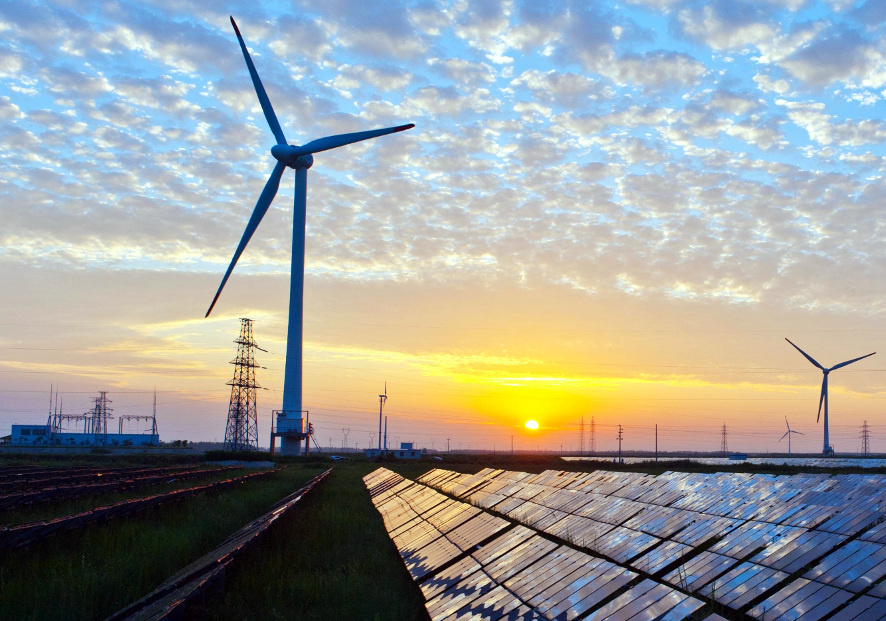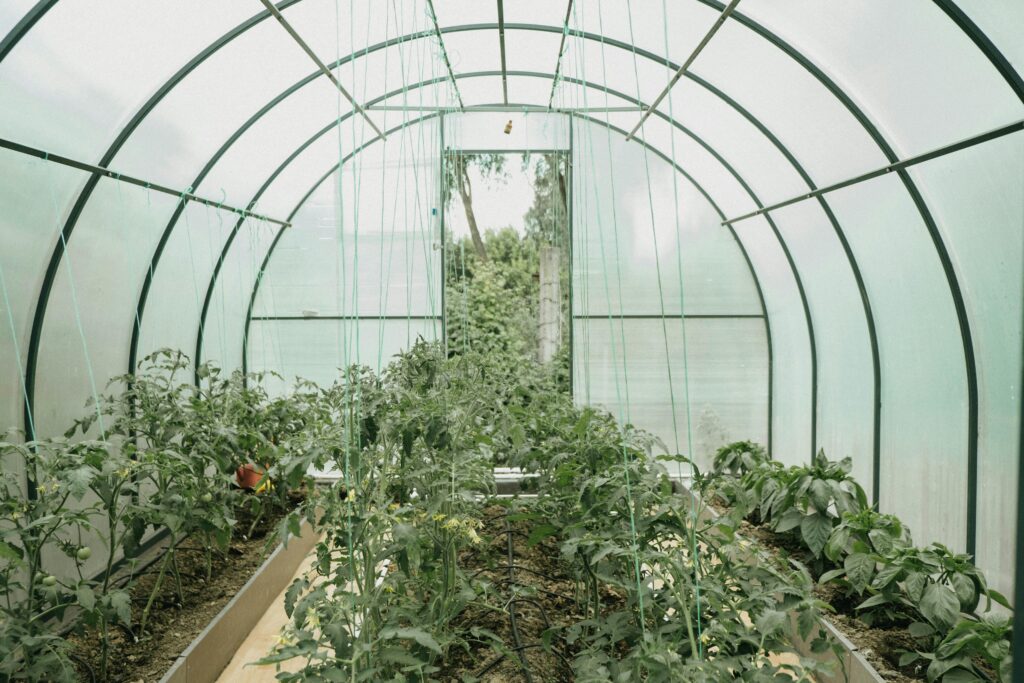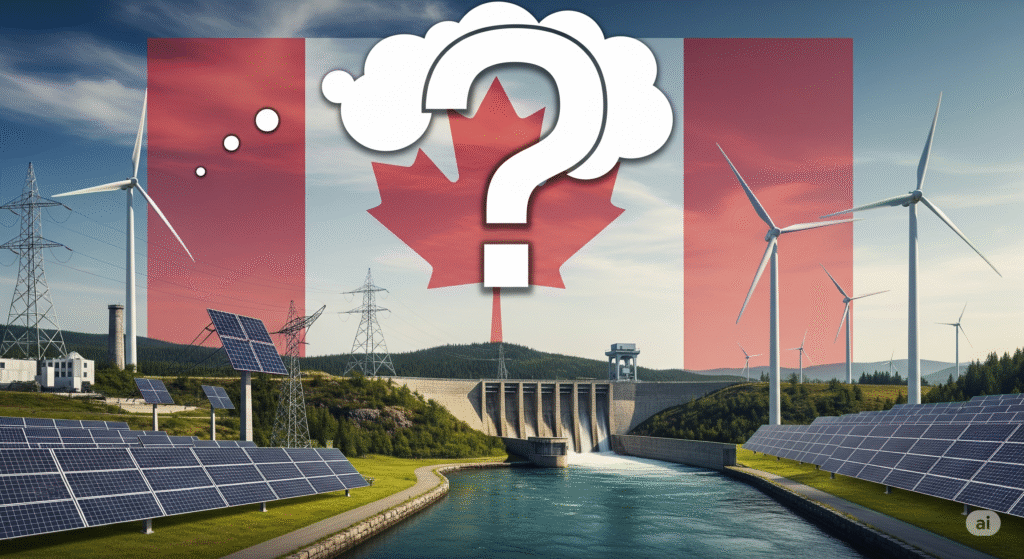
Canada has long been renowned for its abundance of natural resources, including water, forests, gas, and oil. These resources powered homes, cars, and businesses for decades.
However, they also played a part in the large emissions of carbon, which trap heat in the atmosphere and accelerate global warming. Now, with the benefits, there come some disadvantages too, which disturb the whole climate.
Climate change isn’t just a distant scientific theory anymore. It’s personal now. It is now life-threatening, and many people have already died because of this. We must look beyond our borders when assessing the impact of a changing climate on Canada.
So, Canada’s green energy 2025 isn’t just about politics or the economy. It’s about protecting the lives, health, and futures of Canadians.
But What Is A Greenhouse?

Green energy refers to power that comes from natural sources that don’t harm the environment. This includes:
- Solar power – using sunlight to generate electricity
- Wind power – harnessing wind through turbines
- Hydropower – using water movement to create energy
- Bioenergy – made from organic materials
- Geothermal – tapping into heat from within the Earth
Unlike oil or coal, these sources don’t produce harmful gases. And they don’t run out. The sun keeps shining, the wind keeps blowing, and rivers keep flowing.
What’s Canada Doing in 2025 for the Green Energy Shift?

When the world is falling apart with ongoing genocides and climate issues, Canada is trying to make a difference. Here is how?
- Investing Heavily in Renewables
Canada’s federal and provincial governments are committing billions toward clean energy projects across the country:
- Alberta, traditionally reliant on oil, is rapidly scaling up wind and solar installations.
- Ontario continues expanding its solar power networks.
- Quebec maintains a strong foundation in hydropower.
These initiatives are not only reducing emissions but also delivering energy security, improving air quality, and opening new economic opportunities for rural and Indigenous communities.
- New Climate Change Policies
New regulations introduced in 2025 aim to reduce emissions across transportation, industry, and buildings. Key policy measures include:
- A higher carbon price to discourage fossil fuel consumption
- Incentives for electric vehicles (EVs) and clean transportation
- Promotion of green construction and energy-efficient building standards
These policies are designed to guide both individuals and businesses away from polluting practices and toward more sustainable, climate-resilient alternatives.
- Generating more quality employment opportunities:
A clean energy shift also means new employment opportunities. Canada already generates about 85% of its electricity from non-emitting sources such as hydro, wind, solar, and nuclear. This clean-energy leadership is attracting foreign investment and fueling domestic job growth.
Recent economic forecasts include:
- RBC projects up to 400,000 new jobs will be created by the end of the decade from clean economy initiatives.
- A Clean Energy Canada report estimates that in a net-zero future by 2050, the clean energy workforce could expand by 2.2 million jobs, with annual growth of 7%.
- Jobs in clean electricity production are expected to double, reaching nearly half a million by 2050.
Furthermore, new investment tax credits from the federal government are tied to job quality, encouraging employers to support union jobs, fair wages, and apprenticeships. This ensures that the transition benefits Canadian workers as much as it helps the environment.
- Making sure that families and businesses can afford it
A common concern about clean energy is cost, but Canada is taking steps to ensure that affordability remains a core priority:
- According to the federal government, electricity prices will remain stable for most Canadians, and in some areas, may even decrease.
- More than $60 billion is being allocated to support the electricity sector, ensuring that families and businesses aren’t burdened by the shift.
- Canadians can save on monthly utility bills by adopting energy-efficient heat pumps, appliances, and electric vehicles.
- It is projected that 84% of Canadian households will see lower energy bills under the new clean electricity regulations.
These savings are particularly important as inflation and energy prices remain top of mind for many Canadians.
Challenges Ahead:

Get this image on: Flickr | License details
Of course, nothing is easy, so the road isn’t going to be smooth. There will be big challenges like:
- High upfront cost of renewable projects.
- Political disagreements between the government and provinces.
- In some areas, there’s a dependence on fossil fuels.
- Public stance on change, but 2025 is showing strong signs that these issues can be taken seriously.
With public support and smart leadership, they can be overcome.
Conclusion:
The green shift energy displays a new mindset change and is not limited to just a policy move. It’s a decision to care more, act smarter, and build a safer future.
Things don’t take place overnight, and it won’t be perfect. But 2025 is showing us that a meaningful change is possible when people are willing to take a step and when people, government, and communities work together.
You’re a bigger part of the movement.
FAQs
Why is Canada’s energy sector so strong?
This is a testament to the strength of Canada’s electricity sector, which is already a leader in clean growth and reducing pollution.
What will Canada’s energy future look like?
In this notional future, nearly all of Canada’s energy needs are met through renewable electricity generation from wind, solar, and existing hydroelectric and nuclear facilities.

